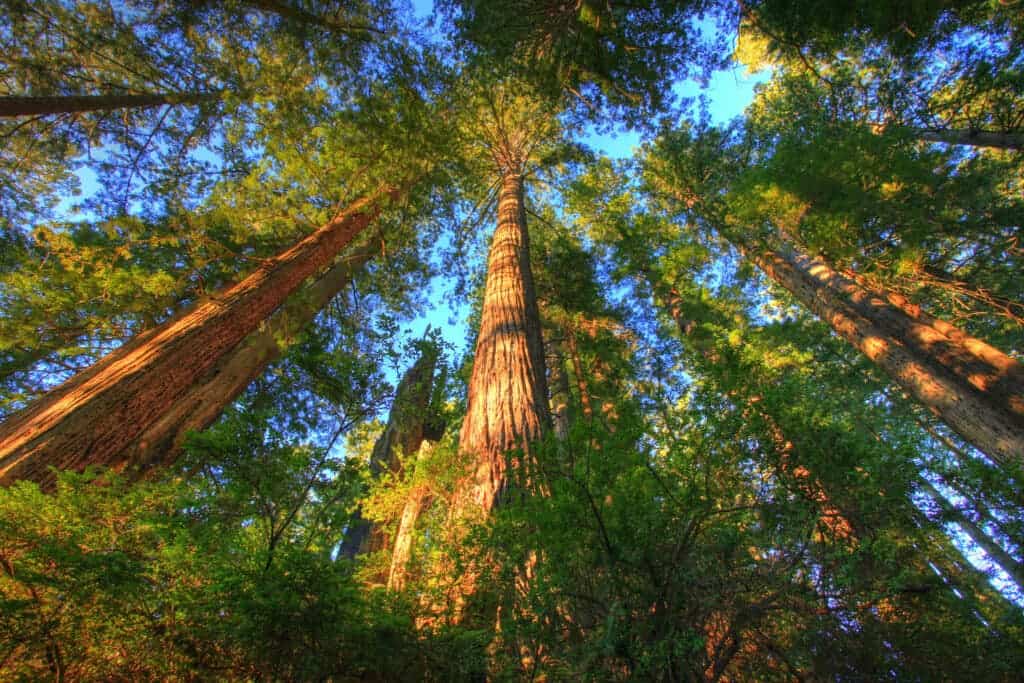California’s forests are losing more trees than they can recover, a new paper warns.

Forests are one of the linchpins in the State of California’s strategy to reduce its carbon dioxide emissions. As plants develop, they scrub this gas out of the air, leading to a net reduction in the state’s output; trees, being very large plants, are especially good at this role.
But the Sunny State may have some trouble following its current strategy. According to a report from the University of California, Irvine (UCI), forests all throughout the state are losing trees due to wildfires and other pressures faster than new trees can fill the void. According to the findings, total tree cover in the state has declined by 6.7% since 1985.
Losing ground
“The forests are not keeping up with these large fires,” said study co-author James Randerson, the Ralph J. and Carol M. Cicerone Professor of Earth system science at UCI. “These are big changes in less than four decades.”
For the study, the researchers used satellite data sourced from the United States Geological Survey and NASA’s Landsat mission, recorded between 1985 and 2021. This paper is the first one to measure the decline of tree populations across California. The main drivers of this decline are wildfires, droughts, and logging, the team explains.
The rates of decline vary across the state and have varied with time, they add. In Sierra Nevada, for instance, tree cover remained relatively stable until around 2010, after which it began declining rapidly. An 8.8% die-off in the region occurred during a severe drought from 2012 to 2015 and the most intense and widespread wildfires in the state’s history, including the Creek Fire, in 2020. Some of the most pronounced declines in tree cover, meanwhile, were seen in Southern California, where around 14% of the trees on the local mountain ranges have died off — potentially permanently, the authors warn.
“The ability of forests to recover from fire appears to be dwindling in the south,” said Jonathan Wang, a postdoctoral researcher in Randerson’s research group, who led the study. “At the same time, the state’s coverage of shrubs and grasses is rising, which could foreshadow more permanent ecosystem shifts.”
One silver lining of the study is that “in the north, there’s plenty of recovery after fire,” the authors explain. This could be due to the higher average precipitation levels or overall cooler mean temperatures in the area. Still, even here, the wildfires of 2018, 2020, and 2021 have left a huge and still visible mark on tree populations.
The decline in tree numbers in California is bound to have an important effect on the state’s ability to store carbon. Although we don’t yet have a clear understanding of the magnitude of this impact, that is the team’s next step. They plan to quantify exactly how much of their initial carbon storage ability the state’s forests have lost due to the reduction in tree populations. Co-author Michael Goulden, a UCI professor of Earth system science and director of the Center for Ecosystem Climate Solutions, plans on using that data to model how changes in forest cover are affecting water resources, carbon storage, and fire behavior across the state.
“This threat to California’s climate solutions isn’t going away anytime soon,” Wang said. “We might be entering a new age of intense fire and vulnerable forests.”
The paper “Losses of Tree Cover in California Driven by Increasing Fire Disturbance and Climate Stress” has been published in the journal AGU Advances.






